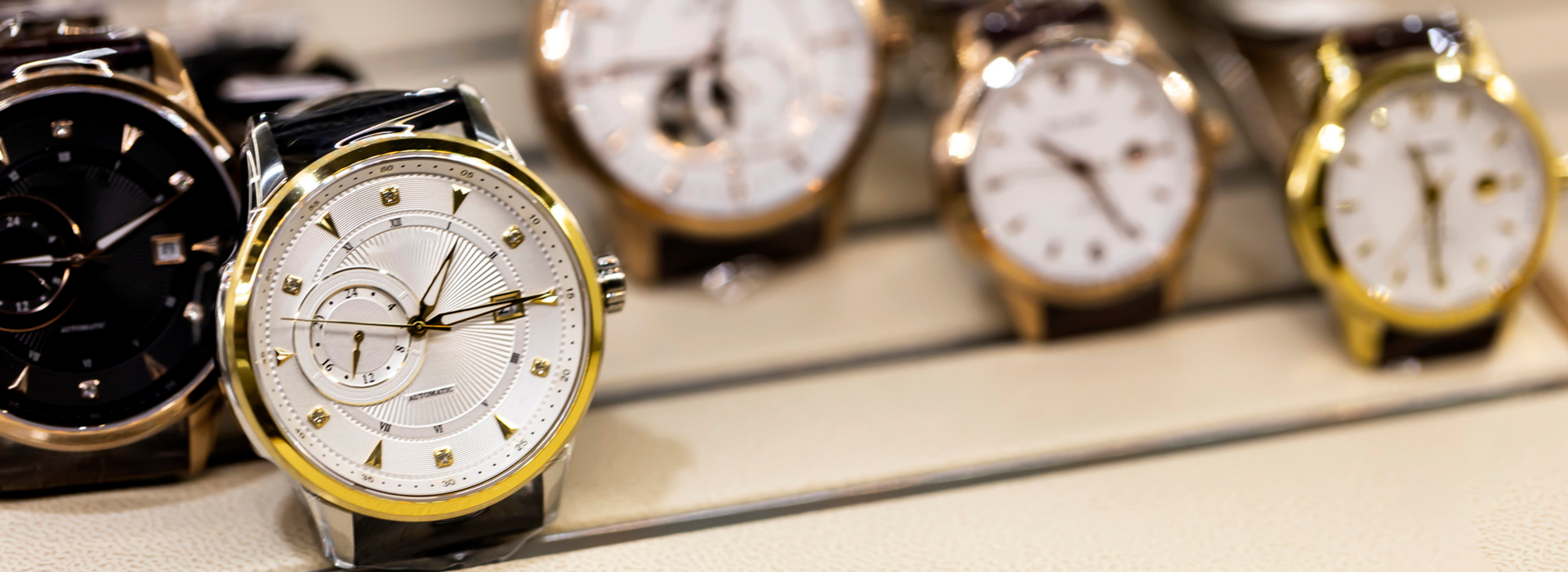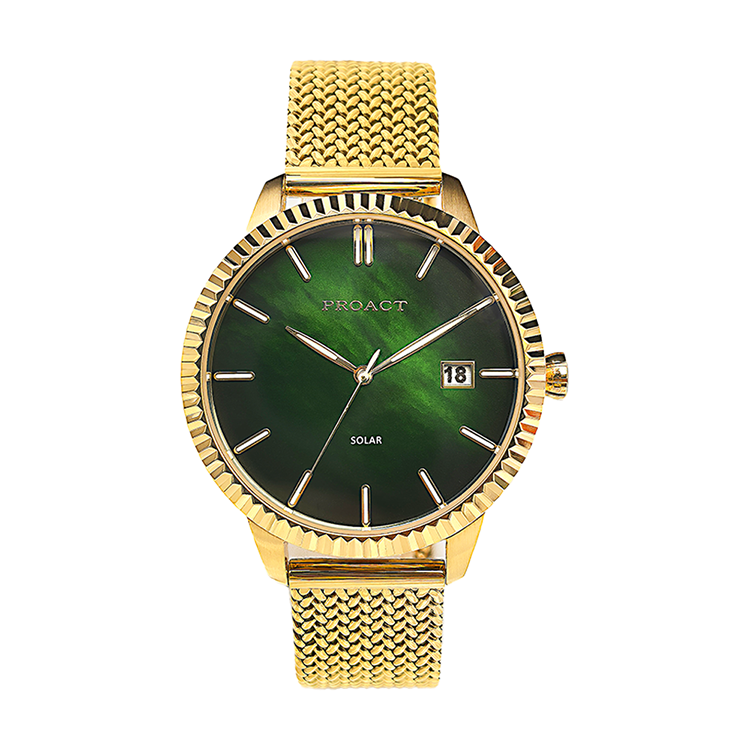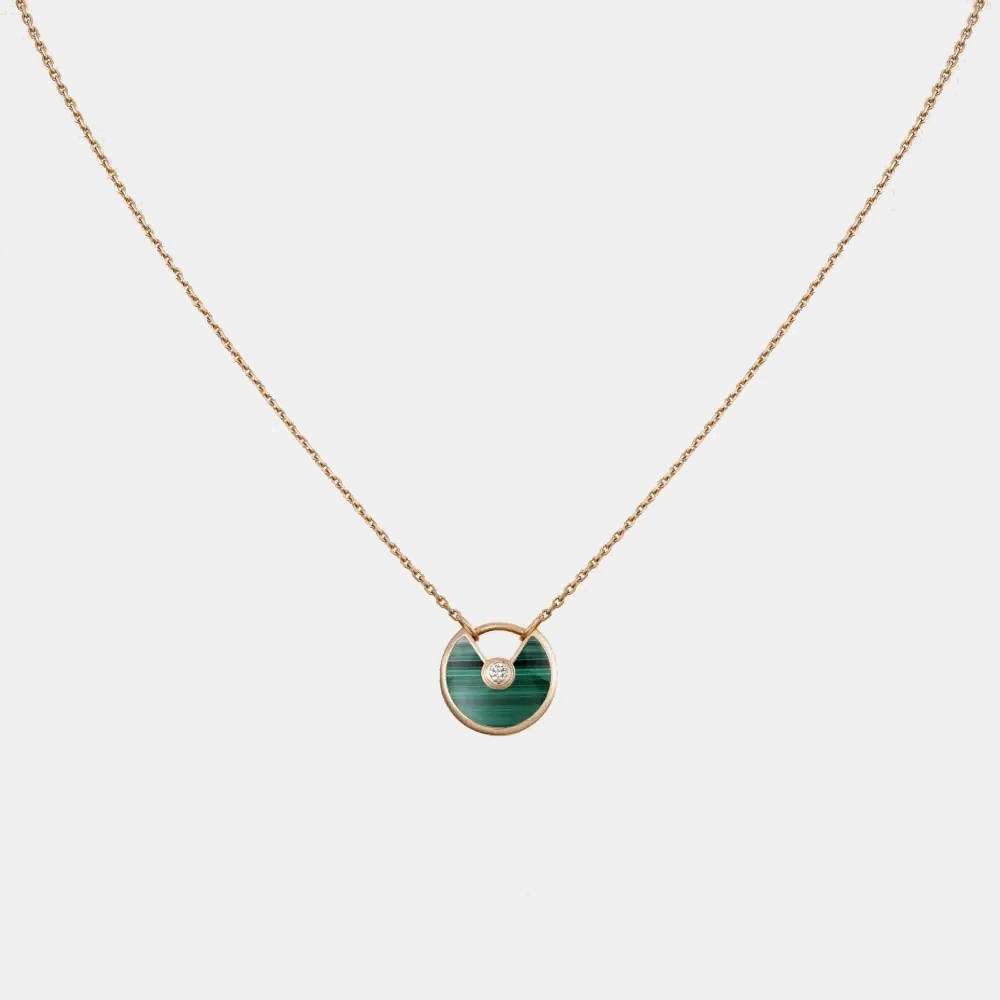What's the Difference between Automatic and Mechanical Watches ?
Time:
2024-01-10 10:22
Source:
When you first get sucked into the world of watches, a couple of fundamental concepts await. First, you might learn to notice the difference between a seconds hand that ticks and one that smoothly sweeps.
手表图片
When you first get sucked into the world of watches, a couple of fundamental concepts await. First, you might learn to notice the difference between a seconds hand that ticks and one that smoothly sweeps.
But then, if you want to go deeper, you'll need to understand more about the engine that powers the watch, which is called a movement — and you'll inevitably be faced with the terms mechanical and automatic.
This, however, is much more than a matter of terminology, as learning about their differences is one of the best ways to delve into how a watch movement actually works. It can be a point of confusion for watch newbies, but isn't too hard to wrap your mind around. Here's what you'll want to know.
What's a "mechanical" watch?
A mechanical watch is powered by a spring. There are two primary systems for powering watches. One is via batteries (known as quartz) and the other is via a slowly unwinding spring — that's mechanical. The tension of the spring unwinding in a controlled manner (rather than all at once) drives a series of toothed wheels which, in turn, rotate the hands around the dial.
What is an "automatic" watch?
An "automatic" watch is a mechanical watch that is also self-winding.
手表图片
For the watch to keep functioning, the spring has to be wound. You usually can wind it manually by turning the watch's crown (the knob sticking off the side of the case), but someone came up with a very clever idea. It's called automatic winding.
Mechanical watches with automatic winding feature a rotating weight (a rotor) that pivots when the watch moves around — i.e., when you wear it and move your wrist. As it spins, it winds the spring. The term "self-winding" is anachronistic but a more descriptive term you might sometimes see for automatic winding.
手表图片
What are "manual," "manually wound" or "hand-wound" watches?
These are all functionally interchangeable terms for mechanical watches without automatic winding. It's simple at the root of it, but inconsistency in terminology across watch brands can be a little confusing.
Some brands will refer to their automatic watches as "automatic" and their manually wound watches as merely "mechanical" (even though their automatic watches are also mechanical). If it doesn't say "automatic," it probably isn't, just don't forget to look closely at product descriptions and specs and make sure you know what you're getting.
Previous page
Previous page
About Proact Watch
LATEST NEWS & BLOGS
MOBILE/WHATSAPP:
E-MAIL:
ADDRESS:
-
Second Floor, Building C, Huawan Industrial Park, No. 4159 Baoan Avenue, Xixiang, Shenzhen, Guangdong, China
Copyright © 2023 Shenzhen Proact Watch Co., Ltd.
-
Powered by www.300.cn
Cookie
Our website uses cookies and similar technologies to personalize the advertising shown to you and to help you get the best experience on our website. For more information, see our Privacy & Cookie Policy
Cookie
Our website uses cookies and similar technologies to personalize the advertising shown to you and to help you get the best experience on our website. For more information, see our Privacy & Cookie Policy
These cookies are necessary for basic functions such as payment. Standard cookies cannot be turned off and do not store any of your information.
These cookies collect information, such as how many people are using our site or which pages are popular, to help us improve the customer experience. Turning these cookies off will mean we can't collect information to improve your experience.
These cookies enable the website to provide enhanced functionality and personalization. They may be set by us or by third-party providers whose services we have added to our pages. If you do not allow these cookies, some or all of these services may not function properly.
These cookies help us understand what you are interested in so that we can show you relevant advertising on other websites. Turning these cookies off will mean we are unable to show you any personalized advertising.








